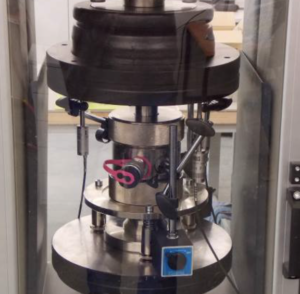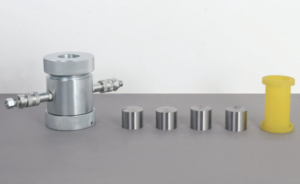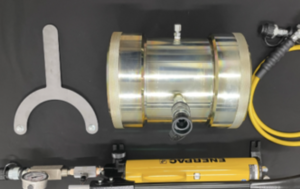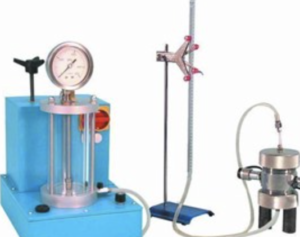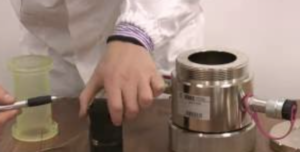How Did Material Testing Change the Course of a Bridge Deck Construction?
Bridge decks are constantly exposed to the pounding of heavy traffic, harsh weather, and daily thermal cycles. In a recent project, what began as a routine deck construction1 turned into a critical turning point—thanks to timely material testing2. Here’s how engineering decisions were reshaped by test results3 that no one saw coming.
Initial Selection of Bridge Deck Pavement Materials
The bridge was part of a regional expressway upgrade—a multi-span prestressed concrete bridge4 designed for high-volume freight traffic. For the deck pavement, the design team initially selected:
- Epoxy asphalt concrete5 for its proven waterproofing and bonding strength
- A steel orthotropic deck structure beneath, for lightweight efficiency
- A polymer-modified binder to improve elasticity and fatigue resistance
The initial lab specs seemed to meet all requirements, and procurement contracts were nearly finalized—until in-situ testing6 began on the first poured sample.
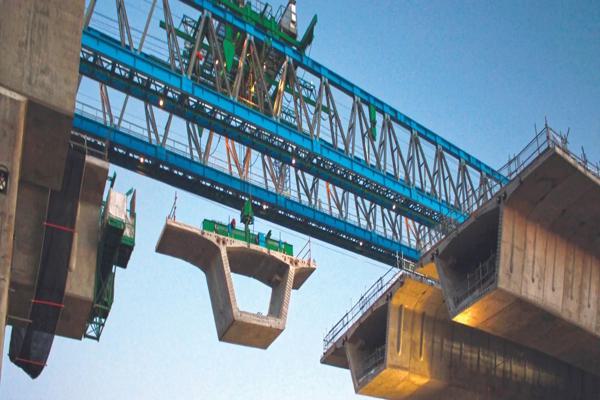
Friction Coefficient and Wear Resistance Testing Results
One of the first onsite tests focused on surface safety and wear life—especially important for bridges exposed to water, oil, and high-speed braking.
Conducted Tests:
- British Pendulum Test (ASTM E303) to measure surface friction
- Wheel Tracking Test (EN 12697-22) to evaluate rutting resistance
- Los Angeles Abrasion Test (ASTM C131) for aggregate wear resistance
| Test Parameter | Requirement | Result (Epoxy Asphalt) |
|---|---|---|
| Pendulum friction (BPN) | ≥ 65 | 58 |
| Rutting depth @ 60°C | ≤ 10 mm | 14.3 mm |
| LA Abrasion loss (%) | ≤ 35% | 38% |
The friction results failed to meet minimum thresholds, indicating potential skid hazards—especially in wet conditions. The wear data showed premature surface polishing, which would reduce traction over time.
These issues demanded further investigation before committing to the full deck pour.
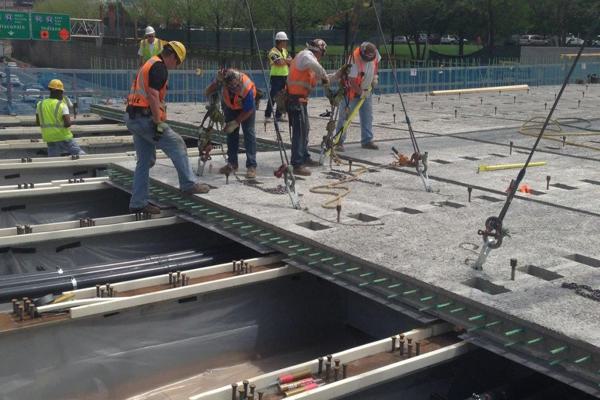
Problems Discovered in the Fatigue Resistance Test
The final blow came during fatigue testing—designed to simulate long-term loading under repeated vehicle traffic.
Fatigue Test Methods:
- Four-point bending fatigue test (AASHTO T321)
- Direct tension fatigue test on binder layer
- Thermal cycling fatigue test (ASTM D7369)
| Test | Expected Life (cycles) | Measured Life (cycles) |
|---|---|---|
| Flexural fatigue (10 Hz @ 20°C) | > 1,000,000 | 370,000 |
| Binder tensile fatigue | > 700,000 | 420,000 |
| Thermal cycling fatigue | 100 cycles | 62 cycles |
The premature cracking in binder layers indicated that thermal expansion stress and traffic-induced flexure would likely cause cracking and delamination within a few years of service.
Had the test not been conducted, the consequences could have included rapid deterioration, costly repairs, and serious safety hazards.
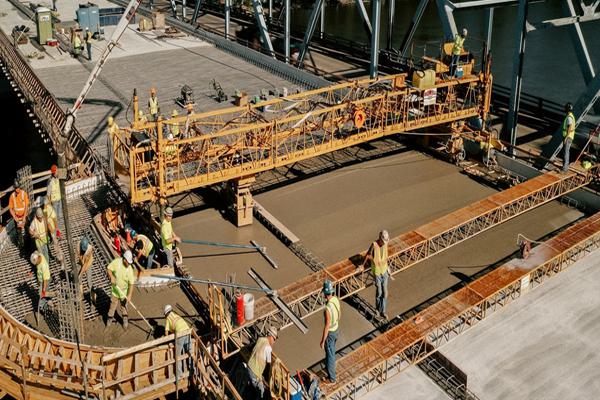
Subsequent Material Substitutions and Design Modifications
After a full review, the engineering team revised the deck design and materials:
- Switched to a Gussasphalt overlay, commonly used in European long-span bridges
- Added slip-resistant silica aggregates to improve friction
- Modified the steel deck’s welding pattern to reduce thermal fatigue points
- Introduced an intermediate waterproofing membrane layer beneath the final pavement
Comparative Table: Original vs. Revised Design
| Category | Original Material | Revised Solution |
|---|---|---|
| Surface layer | Epoxy asphalt | Gussasphalt with additives |
| Binder performance | Polymer-modified | High-elasticity SBS binder |
| Friction coefficient | BPN 58 | BPN 72 |
| Fatigue life (bending) | 370,000 cycles | 1,200,000 cycles |
| Expected lifespan | ~10 years | 25+ years |
Despite causing a 3-week delay in construction, the revision significantly improved the safety, lifespan, and maintenance profile of the bridge deck.
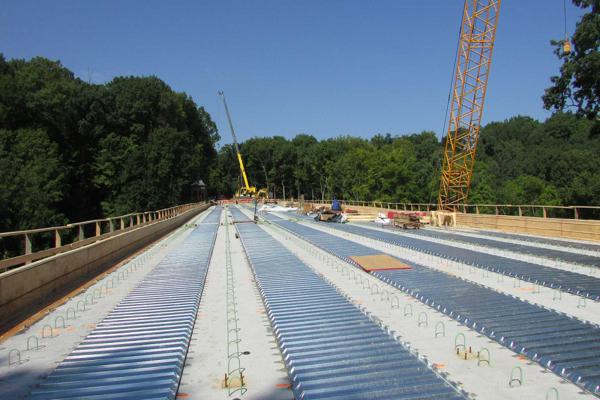
Conclusion
This bridge deck project demonstrated that material testing isn’t a formality—it’s a safeguard7. The issues uncovered through friction, fatigue, and wear testing completely reshaped the design direction, preventing failure before it had a chance to begin. In the end, testing didn’t just save the deck—it reinforced the integrity of the entire project8.
-
Learning about the challenges in routine deck construction can help improve planning and execution in future projects. ↩
-
Understanding the significance of timely material testing can enhance project outcomes and prevent unforeseen issues. ↩
-
Exploring this topic reveals how data-driven decisions can lead to better engineering practices and project success. ↩
-
Explore this link to understand the advantages and applications of multi-span prestressed concrete bridges in modern infrastructure. ↩
-
Learn about Epoxy asphalt concrete’s unique properties and why it’s favored for waterproofing in construction projects. ↩
-
Discover the significance of in-situ testing in ensuring the quality and performance of construction materials and structures. ↩
-
Understanding the critical role of material testing can enhance project safety and integrity, making it essential for successful construction. ↩
-
Exploring this topic reveals how thorough testing can prevent failures and ensure the longevity of construction projects. ↩

